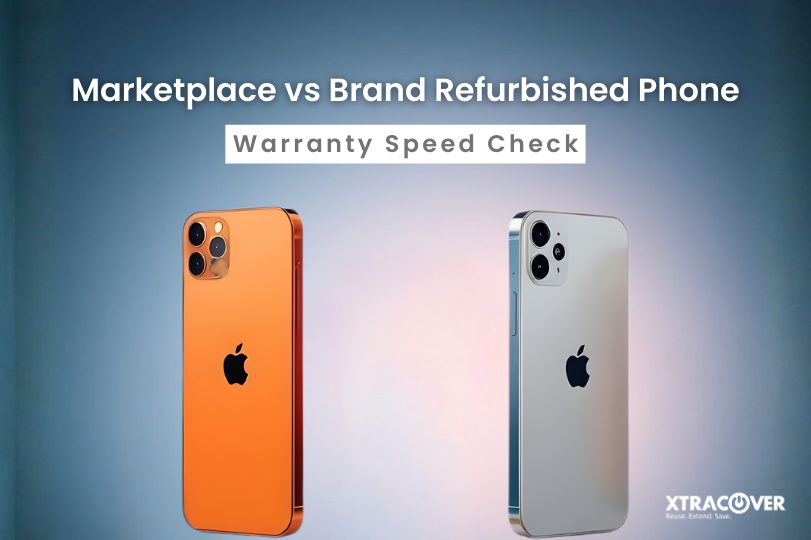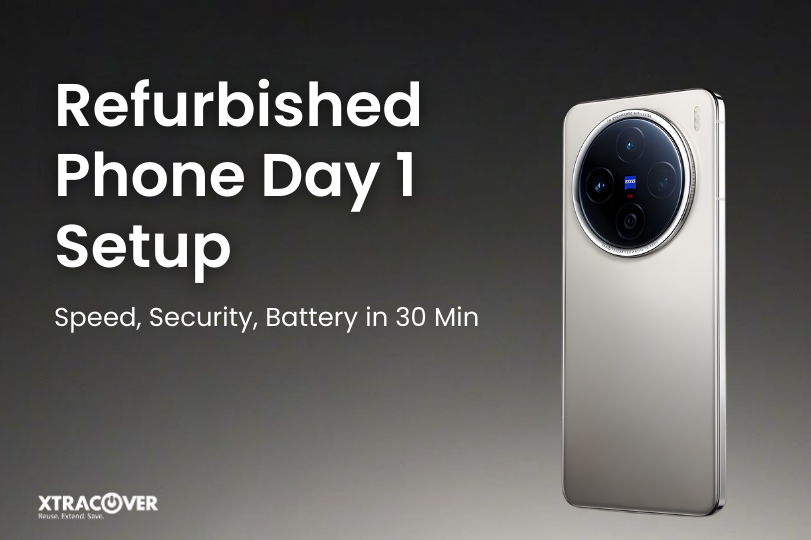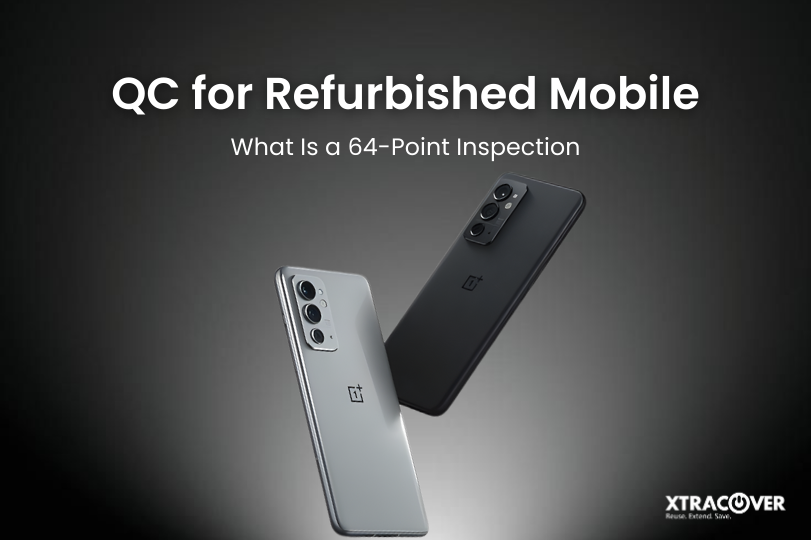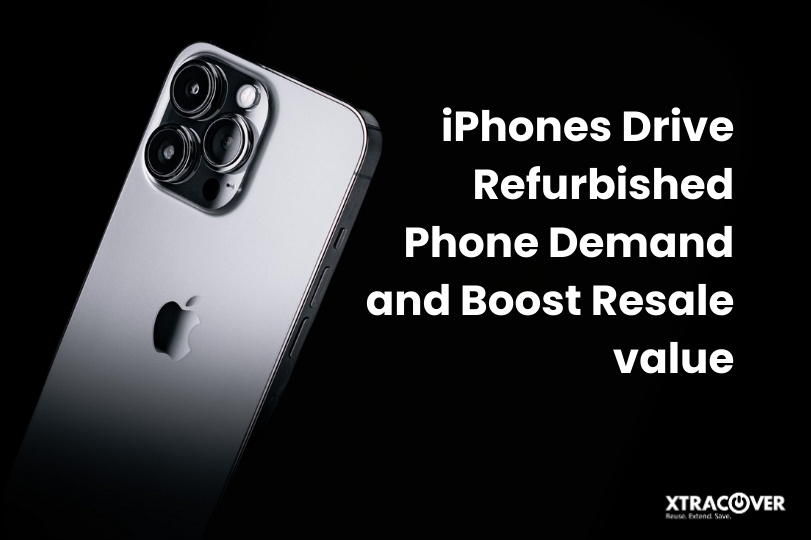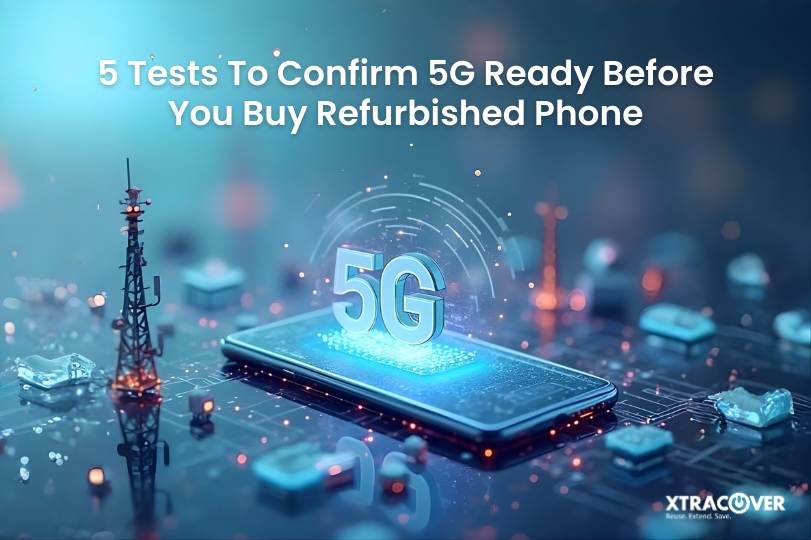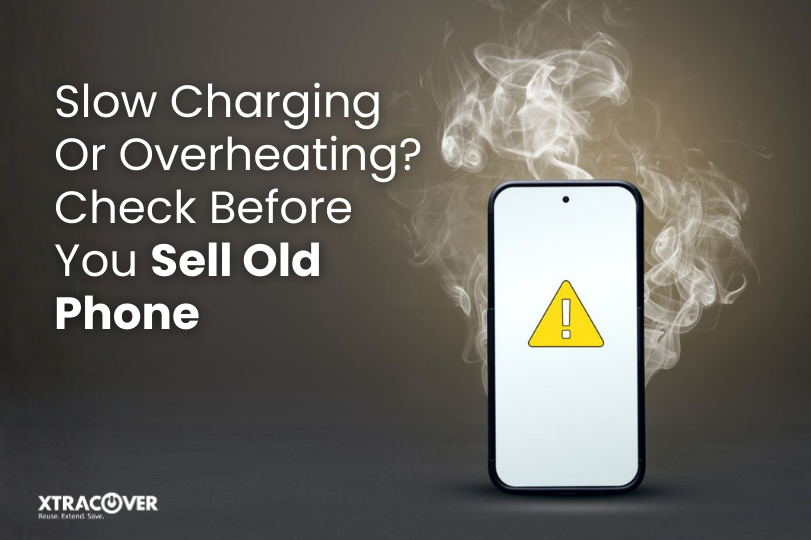There is an unassuming shift happening in how individuals upgrade their technology. Several years ago, buying refurbished devices meant that consumers were compromising to purchase a dented phone, a laptop with a dead battery, or used devices that weren’t trustworthy and original. That is no longer the case. The refurbished sector has evolved as we know it – everything is structured and tested, but most importantly, trusted.
Today, consumers are waking up to a reality: refurbished devices aren’t a compromise but rather a smart and sustainable path to premium technology.
What Does ‘Refurbished’ Actually Mean Today?
First, let’s get one thing straight. ‘Refurbished’ is certainly not the same as ‘second-hand’.
When a device is refurbished, it has been through a professional quality check, sometimes involving over 60 parameters to ensure it works fully, has been refurbished to high working standards, and has been cleaned of previous use or data traces. Second-hand devices usually are sold “as is”, whereas certified refurbished phones and laptops have been retested, repaired if needed, and sold with a warranty.
It’s like a reset. The device you own has a second life, but with all the checks and balances that certify it will be safe and reliable for you to use essentially forever.
Why Smart Buyers are choosing Refurbished Tech in 2025
We live in times where premium technology is no longer a luxury; it is a requisite. Whether you’re a student managing online classes, a working professional on video calls all day, or a creator editing content on the go, your tech needs to deliver. But quality often comes with a cost.
That’s where refurbished makes sense. Here’s why:
1. Same Performance, Lower Cost
Let’s take an example: the iPhone 13 Pro, a powerful device that still competes with newer launches. New, it might set you back ₹75,000 or more. A certified refurbished version? Around ₹48,000, with battery health checked, minor cosmetic signs, and a warranty in place.
That’s over 35% savings without any compromise on performance. And that holds true across the board. From MacBooks to Dell Latitude, the price difference can go as high as 50%.
2. Warranty You Can Count On
A decade ago, buying refurbished meant crossing your fingers. Today, it comes with 6 to 12 months of warranty, often backed by quality control reports and service networks. Some platforms even offer 7-day replacement policies to ensure peace of mind.
That’s trust, backed by transparency.
3. Grading System for Clarity
Refurbished doesn’t mean damaged. Devices are usually graded based on cosmetic condition:
- Superb: Almost like new, negligible signs of use.
- Good: Minor scratches, no dents, fully functional.
- Functional Grade: May have visible wear but works perfectly.
This gives buyers clarity and control, something missing from most second-hand transactions.

Who Benefits Most from Buying Refurbished?
▸ Students and College-Goers
While budgets may be tight, that doesn’t mean compromising on a low-performance laptop or outdated phone or feeling like they are “going without”. Refurbished MacBook Airs or iPhone XRs are classy, functional, and priced for students.
▸ Working Professionals
Is it time for a business laptop with a good battery life and a good boot process? These are top choices by office workers: lightweight, solid and much less expensive, refurbished HP EliteBooks and Lenovo ThinkPads.
▸ Startups and Teams
Procurement costs can be a major drain. That’s why many startup CTOs are switching to bulk orders of refurbished laptops for their teams, cutting device budgets by up to 50% without affecting productivity.
▸ Eco-Conscious Buyers
Choosing refurbished is an environmentally responsible decision. Each reused device prevents over 175 grams of e-waste and avoids the emissions caused by manufacturing a new one. One phone at a time, you help reduce the tech industry’s carbon footprint.
How Are Refurbished Devices Tested?
Not all refurbished sellers are the same, and that’s the catch.
The reputable platforms will have multiple levels of quality testing, usually including
- Check the health of the battery (In particular for iPhones and laptops)
- Check display condition (pixels, touch screen sensitivity, screen brightness).
- Speaker and microphone test
- Camera clarity and function
- Charging port and button responsiveness
- Wi-Fi, Bluetooth, and sensor validation
- Software wipe and reinstallation
Some devices even come with non-tamper narrowed diagnostic test certificates, proving the product has been tested, certified, and approved by professionals. That’s a great level of quality control, and it significantly increases the chance that the “used” product is a device ready for performance use.
Myths vs. Facts: Let’s Clear a Few Things Up
Myth 1: Refurbished Means Faulty
Fact: Faulty parts are replaced or repaired. Devices only go on sale after passing stringent tests.
Myth 2: They Have Poor Battery Life
Fact: Trusted sellers only sell devices with 80%+ battery health or replace the battery altogether.
Myth 3: Refurbished Phones Look Old
Fact: Most refurbished phones have minor cosmetic flaws at most. Some even look brand new, especially in the superb grade category.
Where to Buy Refurbished Devices Safely?
Here’s what to look for in a seller:
- Certified QC process (64 points or more)
- Clear grading system (Good, Superb, etc.)
- Warranty-backed products
- Customer support for returns or issues
- GST invoicing for business buyers
- Presence of well-known refurbished models like iPhone 12, Galaxy S21 FE, Lenovo T-series, MacBook M1, etc.
XtraCover, for example, adheres to a detailed QC process, offers a broad array of certified refurbished smartphones and laptops, and offers warranties with doorstep services.
FAQs
Q1. What is the difference between a refurbished phone and a second-hand phone?
A refurbished phone is made safe to use, repaired when needed, and tested. A second-hand phone is sold “as-is” with no check by any professional and no warranty.
Q2. What battery health do refurbished iPhones have, on average?
Reputable sellers will either sell devices that have at least 80-85% battery health or replace the battery before a sale.
Q3. Can I return a refurbished device if I don’t like it?
Most sellers will offer a replacement-only policy for any reason with a deadline of 7 days, as long as the device is in original condition.
Q4. Are refurbished laptops any good for coding or designing?
Yes! You need to pick models like the Dell Latitude series, MacBook Pro M1, or HP EliteBook (with an i5/i7 processor & SSD).
Q5. Are there any EMIs on refurbished devices?
Yes. Several platforms now offer EMI and cash-on-delivery options, even for certified refurbished mobiles.
The Smarter Tech Choice for a Smarter Generation
When is the last time buying refurbished meant compromise? Refurbished devices are about value today. They are a conscious, sustainable choice that provides performance, durability and savings! Whether upgrading your phone, working from home or launching your startup – with refurbished devices you can access premium technology without breaking the bank.
At the end of the day, it’s not about having the newest model. It’s about having what is going to work for you, functionally, financially and for the environment.
Choose refurbished. Choose smart.


